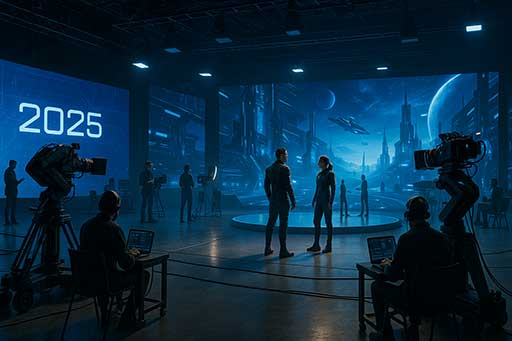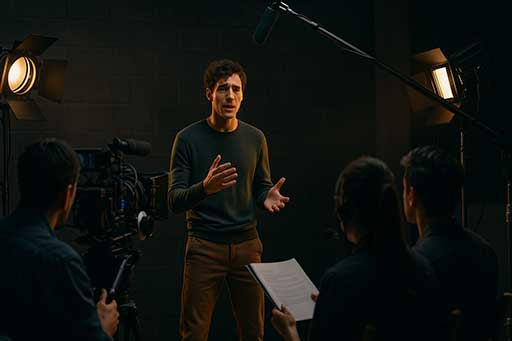The Foundation of Screen Acting
Film acting requires more than memorizing lines. Unlike stage performance, it depends heavily on microexpressions, camera presence, and continuity. Subtle facial shifts can redefine a scene. The camera captures everything, so intentionality in movement and emotion becomes central to the craft.
Why Become an Actor Today?
While motivations vary, many pursue this path because of its creative depth. Why become an actor? Because acting allows full emotional exploration within a controlled, expressive medium. In cinema, actors collaborate with directors to build meaningful characters that resonate with global audiences.
Becoming an Actor in the Modern Film Landscape
Becoming an actor in today’s world means adapting to an industry that balances art and production efficiency. Self-tape auditions, multi-format distribution, and virtual sets redefine how roles are cast and played. Success increasingly depends on technical awareness as well as traditional talent.
Acting in Movies 2025: What’s Changing?
As of 2025, several shifts are shaping the future of screen acting:
|
|
|
|
|
|
|
|
|
|
|
|
|
|
|
These changes challenge the classic workflow but also open doors for innovative performances.

The Craft Behind the Camera
Actors today are expected to understand the broader film process. From blocking to sound continuity, professionalism on set directly affects the production timeline. Many roles now require familiarity with technical terms, set etiquette, and adaptability to changes in direction mid-scene.

Conclusion
Acting in movies is no longer confined to traditional techniques. In 2025, it blends legacy craft with technical literacy and collaborative fluency. Whether you're analyzing why to become an actor, exploring what it takes to succeed, or adapting to evolving industry demands, one truth remains: cinematic performance continues to shape how stories are told — and remembered.
On-Camera Technique
Acting for the camera requires an understanding of technical composition. From eyeline matching and over-the-shoulder framing to wide shots and close-ups, every setup influences performance. Actors must also manage continuity between takes, adjust emotional delivery based on camera proximity, and maintain consistency with sound and lighting cues.
Collaboration on Set
Successful film actors work as part of a larger ecosystem. Directors, first ADs, cinematographers, sound engineers, and script supervisors all contribute to shaping a scene. Professionalism on set—knowing when to hit a mark, how to respect blocking, and adapting to last-minute changes—is as critical as performance itself. Set etiquette reflects reliability and earns repeat work.
Stage vs Screen: Core Differences
|
|
|
|
|
|
|
|
|
|
|
|
|
|
|